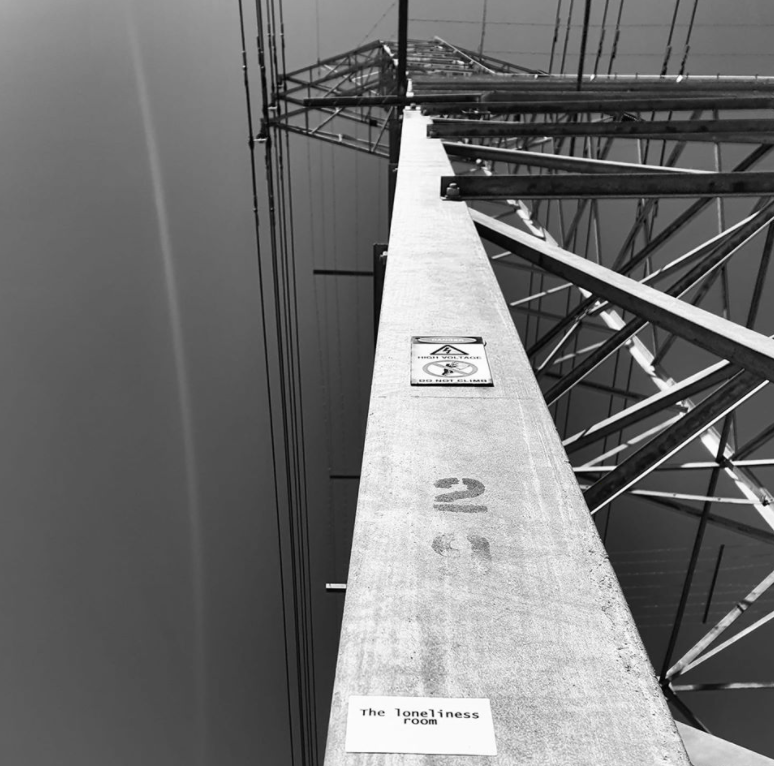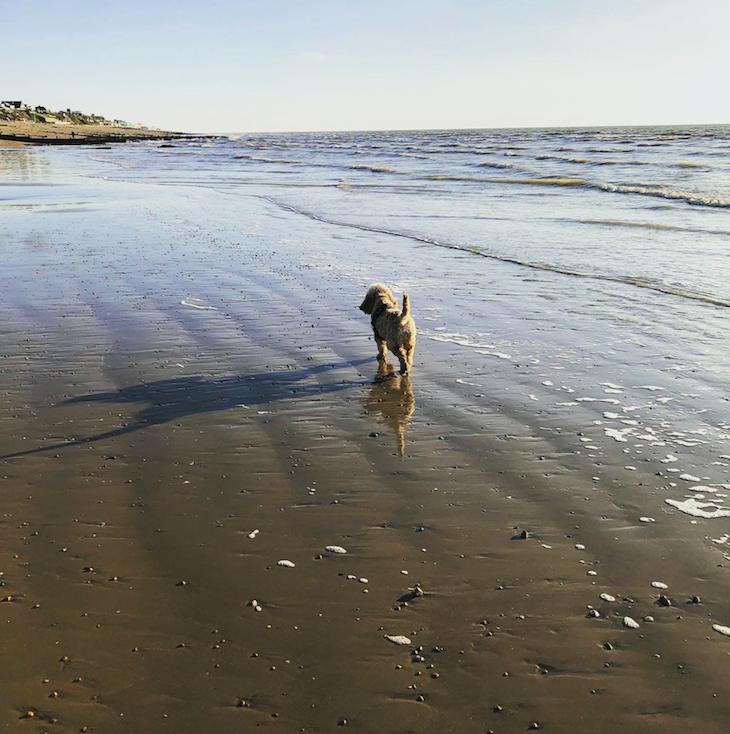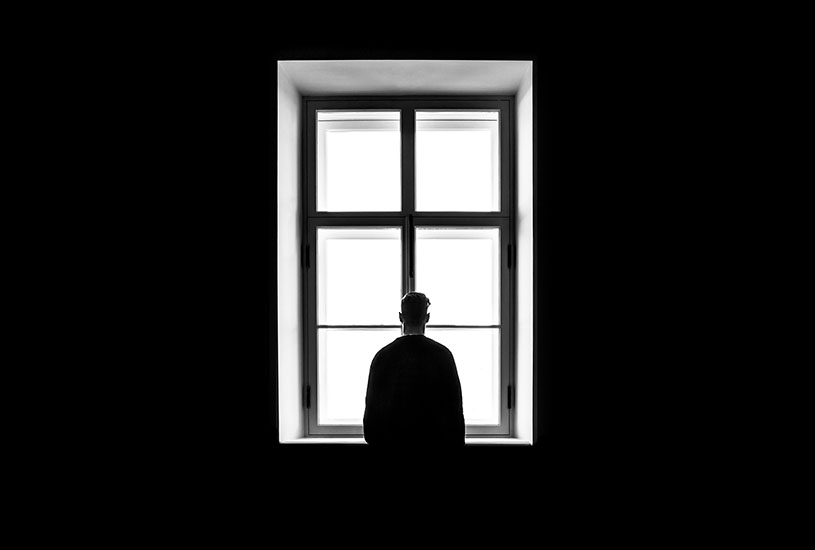In ‘How to Treat a “Loneliness Epidemic”’, a recent letter to the editor from The New York Times, writers discussed what responsibility we have to lonely people.
Here, everyday writers reacted to Nicholas Kristof’s move to wage a war on loneliness, many questioning what needs to be done.
From quoting the Beatles’ song ‘Eleanor Rigby’ (“look at all the lonely people”), to suggesting a Secretary of Friendship, they expose how these feelings linger across the human condition.
Even now, in the middle of the coronavirus pandemic (COVID-19), people around the world are social distancing to improve our health worldwide.
So, we’ve gotten inventive in the ‘battle’ against loneliness, be it drive-through bookstores or street-wide grocery runs. But, sharing these stories of loneliness can be one of the hardest tasks.
For the contributors of Letter to the Editor, they had a platform to write about their experiences of loneliness. But for the rest of us, our journals, Twitter accounts or even the Notes app are the only creative spaces we have to document our aloneness and allow it to sit in place.
Here’s where The Loneliness Room project comes in.

Driving towards the lonely imagination
Creator of The Loneliness Room project, Sean Redmond, Professor of Screen and Design at Deakin University, explains the origins of his work were born while carpooling to work with a friend at Victoria University of Wellington in New Zealand.
“We used to drive in from the Kapiti coast with the ocean to one side and the hills to the other. On a big weather day, you felt the impressiveness of nature as the salt from the sea found its way into the car.”
“We were both ‘agents’ or ‘actants’ for wanting to understand the naturalness of loneliness, and for wanting to express it in creative terms.”
“We challenged ourselves: how can loneliness be a room when it seems so enormous or nebulous, temporal and ephemeral?
“Of course, we were not thinking about architecture, space or place, not the rooms found at home but a more expansive room – the room of the lonely imagination set free,” Professor Redmond explains.
But, it can be difficult to picture a philosophical, creative space. So, let’s picture this instead, what ‘rooms’ do you hold inside yourself that allow you to visit them in your aloneness?
“Or even better, what would you fill those rooms with, or what kind of loneliness would you take there?
In pursuit of this project, these were all questions that Professor Redmond pondered himself.
From the water’s edge, glistening under the warm sun to an airport terminal in the early morning, we each have spaces that are personal to us that we choose to sit inside.
“The ‘room’ in the loneliness room is meant to present itself as a creative and philosophical tension: it suggests a space or place where loneliness or aloneness may occur while re-imagining the room as a non-place, as a state of mind.”
“The loneliness room may be purely psychological, intimately temporal, and it may be found in locations, sites and spaces that we go to,” Professor Redmond describes.
Stories of selfhood
And so, The Loneliness Room project emerged brightly into the world.
But this research isn’t just for people in Higher Degree Research. Professor Redmond says his project is fuelled by everyday people.
Contributors can submit a survey where they’re encouraged to be creative and reflective in their answers, and they can submit a creative response: from a video documenting the view out a hotel window to expressionist artwork to fugue compositions, ‘aloneness’ is represented by day-to-day people.
“The intention is that this work will show the different ways people experience loneliness and its subsets.
“And in showing how many loneliness rooms there are – positive, negative, changing – it will demystify loneliness. Hopefully, it begins to make aspects of it natural and ‘social’.”
The project has so far received a tremendous number of responses, from all around the world, taking in all art forms including video, photographs, poems, paintings, short stories, and musical compositions.

For this participant, for example:
My loneliness room is the beach where I live on the South Coast of England. I go there every day, often twice, for the sense of space.
It is relief each time I look at the expansive horizon of water that stretches as far as the eye can see. It gives me a sense of being alone even when I am not.
Sometimes it’s just me and my dog and the rain, sometimes just the rhythm of my feet as I run, often there are other dog walkers and runners, but the space to breathe and feel alone without desolation or sadness is what keeps me going back day after day.
I love the winter beach without the holiday makers. I like it best when the tide is out and the sand stretches for miles. I like it when it’s sunny and when the sea is wild! I have lived here for 8 years now, but I’d never lived by the sea before.
Now I miss it if I am away as I’d miss a friend or family member. It feeds my soul and it makes me whole.
Another participant shared a photo-painting accompanied by a two line stanza:
Between night and day, drive the gloaming.
When the light beckons the ink dark – my loneliness room.

In a deeply moving questionnaire response we find a loving partner not want to leave the intimate confines of their bedroom:
My loneliness room is my bedroom during the small morning hours. That gloom period between 6 and 8am.
Light sneaks through the shades and begins to softly let me know that rest and certainty are drawing to an end. Modern living requires me to break with the bonds of sleep and the beautiful form of my sleeping wife against my will. I must leave this sanctuary in order to maintain it.
I caress Michele and wish her a soft good morning with the bittersweet notion that soon – I will be thrust to the outside world. Things will be less certain than they are here. I yearn to be able to say no.
To stay. In that moment, the feeling of isolation is never more noticeable to me.
What’s your Loneliness Room?
So, if you’re self-isolating or using social distancing measures like many of us are, it might be an ideal time to think about what your ‘room’ could look like.
Admittedly, the project is still underway at Deakin University, but surveys are just the start. Professor Redmond is looking to translate the work across a video essay, a monograph, and even an interactive website where all the work will be submitted and housed.
“The webspace itself will become social, all these rooms are in the same house, sharing the same connecting spaces. All the doors are open and there is a room there for you.”
Feeding into one of his research approaches, the website will showcase the untapped ability of people to be their own storytellers, otherwise known as ‘storying the self”.
This is where we find out about rituals, everyday behaviours, dominant life or social practices, by asking people to narrate their experiences.
“The approach is meant to democratize the research process, letting people’s voices ‘sound out’ their truth, but also to draw on the ‘gift’ of storytelling.”
“We are all storytellers: my father, for example, who could barely read or write, was able to talk a yarn around the river Liffey.
“People want to share their stories because as Maya Angelou describes: ‘there is no greater agony than bearing an untold story inside you,’” Professor Redmond says.
Cutting through noise
From driving into work one morning till now, Professor Redmond was always looking for a way to humanise and socialise loneliness.
Interested in connecting people across oceans, his project creates a platform to do just that.
“All the work submitted will be shared and so people will be able to see, hear, experience all the different ways that loneliness emerges in contemporary culture, and this across different geo-political spaces – from Japan, China, Argentina, North America, Europe and beyond,” Professor Redmond says.
Fast forward to today and the news is almost apocalyptic: we should stay home to flatten the pandemic’s curve. At the heart of the Information Age, we’re more prepared than ever to connect.
So, what can Zoom, social media or even this project do to combat feeling isolated?
Well, sharing stories is just the start, Professor Redmond says.
“I want this work to reach out, to cut through the noise, to effectively move people, to encourage them to share their stories of loneliness, to use art to articulate what sits inside of them so that the ‘agony’ of not telling is replaced with the untethered and empowering stories of the lonely imagination.
“This is not to fetishize all forms of loneliness: we live in the age of the crisis of loneliness, where its extreme forms create the most punishing forms of isolation.
“Rather, it is to enter into discourse the multiple forms and feelings that loneliness connects with so we better understand it…”
Intrigued?
If you want to get involved in The Loneliness Room, check out Professor Redmond’s project. If at times loneliness is overwhelming for you, please visit Reachout.



